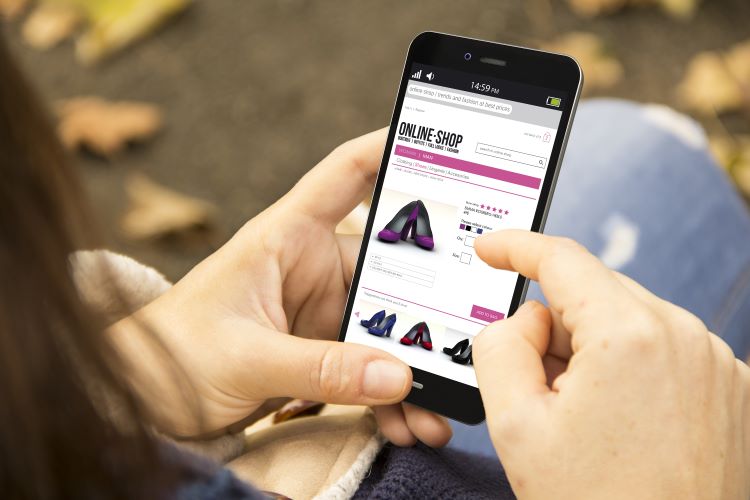Using Behavioral Signals to Improve Product Discovery
Understanding how shoppers behave online can make product discovery more efficient and relevant. Behavioral signals—what users search for, what they click, how long they view items, and where they drop off—help ecommerce and retail teams refine search, recommendations, and personalization so product discovery supports conversion and better UX across mobile and desktop.

How can search signals guide product discovery?
Search queries, click-through rates, zero-result events, and query refinements are direct indicators of shopper intent. In ecommerce and retail sites, analyzing which queries convert versus which return no matches helps teams refine search relevance, synonyms, and merchandising rules. Combining search logs with product metadata and inventory status improves UX by showing items described in language customers use. When search signals are weighted by conversion and fulfillment likelihood, sites can avoid surfacing unavailable products and reduce wasted clicks, improving both discovery and the path to checkout.
What role do recommendations and personalization play?
Recommendations informed by behavioral signals—recent views, add-to-cart events, repeat purchases, and dwell time—help surface relevant products without overwhelming shoppers. Personalization models, whether collaborative filtering or session-based algorithms, should be tuned using analytics to avoid repetitive or irrelevant suggestions. Context matters: recommendation units shown near checkout should support complementary items or faster fulfillment options, while browsing pages can favor discovery and variety. Measured against conversion and average order value, personalization can be optimized to balance relevance with exploration.
How do analytics and conversion metrics inform UX?
Analytics convert behavioral data into actionable signals: search-to-add rates, product page bounce, checkout abandonment, and time-on-page reveal friction points in the discovery funnel. Teams should use A/B testing and cohort analysis to validate changes and prioritize fixes. For example, if product pages attract traffic but show low add-to-cart rates, improvements might include clearer images, richer descriptions, or better size and shipping information. Feeding these conversion metrics back into ranking and recommendation systems ensures the UX evolves based on measured shopper behavior.
How does mobile behavior affect discovery and checkout?
Mobile sessions often differ in intent and interaction patterns; short sessions, touch gestures, and varied connectivity influence discovery. Behavioral signals like scroll depth, tap patterns, and session length should be analyzed separately for mobile. Mobile-first UX enhancements—fast load times, sticky search, simplified galleries, and optimized payments—help convert intent into action. Payment and checkout flows that support mobile wallets and one-click options reduce friction, while personalization that prioritizes locally available inventory or expedited fulfillment suits on-the-go shoppers.
How do inventory, fulfillment, and returns data improve recommendations?
Operational signals—real-time inventory, fulfillment speed, and return rates—should feed discovery algorithms to set realistic expectations. Prioritizing in-stock items with reliable fulfillment reduces cancellations and late-stage drop-offs, while excluding frequently returned items can protect conversion and reputation. Returns data can highlight mismatches between product representation and customer expectations; surfacing alternatives with lower return rates or clearer descriptions supports better long-term satisfaction. Integrating these operational signals with analytics keeps discovery aligned with fulfillment realities.
How do you use checkout, payments, and loyalty signals?
Checkout and payments behavior reveal readiness to buy and friction points: abandoned carts tied to shipping costs or unsupported payment methods indicate optimization opportunities. Tracking which payment options are chosen and where users drop during checkout helps prioritize payment integrations and UX fixes. Loyalty signals—points redemptions, reward-eligible interactions, and tier activity—can guide personalized offers and discovery priorities that increase repeat purchase likelihood. Using these signals together enables contextual offers at decisive moments without degrading the overall UX or adding confusion in the final purchase stages.
Conclusion
Behavioral signals provide a pragmatic foundation for improving product discovery across ecommerce and retail channels. When search, recommendation engagement, analytics, mobile patterns, and operational data from inventory, fulfillment, and returns are analyzed together, teams can tailor discovery to shopper intent and operational reality. Measured integration of checkout, payments, and loyalty signals further aligns discovery with conversion goals, creating a more coherent UX that supports reliable fulfillment and improved shopper satisfaction.





